Why and how to do a language sample.
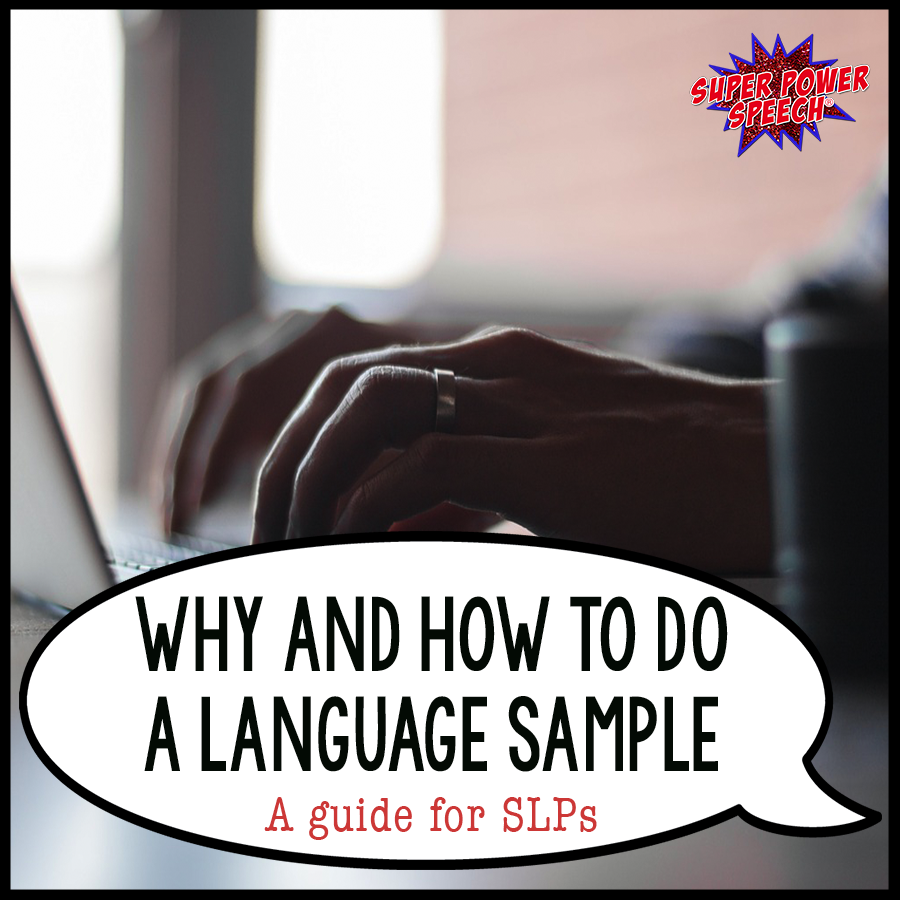
Disclaimer: This post contains Amazon affiliate links.
I am a very busy SLP. I see most of my kids in medium sized groups and have little time for extra data collection. What I’ve learned in the last few years, however, is that a periodic language sample (even if it’s just once a year!) is completely worth my time!
Why do I do a language sample?
1. Grammar, vocabulary, and story sequencing can all measured within a context and not just in kill-and-drill activities.
2. Fluency and articulation in “almost” conversation can be calculated.
3. It is a more realistic situation for the school-aged child and an expected skill within the classroom.
4. It is a great pre-writing activity (since many of my speech students also struggle with writing).
5. It’s fun!
How do I do a language sample?
1. I read a 5 minute (or less) story.
The story must contain a beginning/middle/end, complex vocabulary and sentences, and visuals. Often I will read this story to an entire group and then have the kids retell the story one at a time (if I don’t want some of the later kids to hear the story multiple times, I have them wait in the hall).
I’ve had a lot of trouble finding the perfect books so I ended up crating my own RTI units with stories including all of these areas: 3 Billy Goats, Goldilocks, and Jack and the Beanstalk (additional advantage to using these is that I’ve already created rubrics!). My favorite published book for language samples is Children Just Like Me: Our Favorite Stories .
2. I type while they talk.
Not to brag or anything, but I was the sixth grade’s fastest typist, narrowly beating out Chris D. for the title. I don’t have time to record and then type later. That’s a grad school torture luxury. I’m not afraid to tell the kids to slow down if they start speaking too quickly. I do NOT let them see my screen while I’m talking (too distracting).
3. I print out the language sample.
After the session, I clean up my inevitable major typos and print. I go through and underline key vocabulary, and circle conjunctions. I count number of irregular verbs/plurals correctly used out of number of opportunities. I use one of my story retell rubrics to ask comprehension questions and score the sample. When applicable, I calculate percent correct of articulation sounds and fluency.
4. I use the data for progress reports and IEPs.
My most impressive data comes directly from language samples. I know that it is truly reflective of the student’s current skills. It is a great pre/post measure. AND, it’s the perfect way to start off the year!
Although my schedule is not yet set and I’m still setting up my room, guess what I’ll be doing a lot of this week and next…. 😉
Comment below and tell me your tips and tricks for language samples!
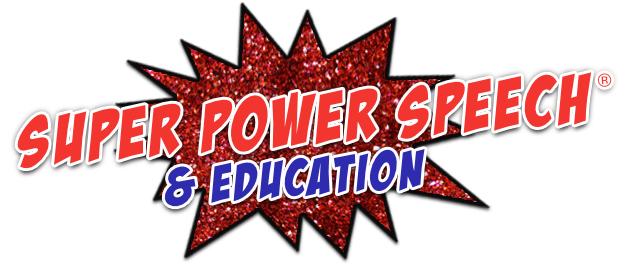
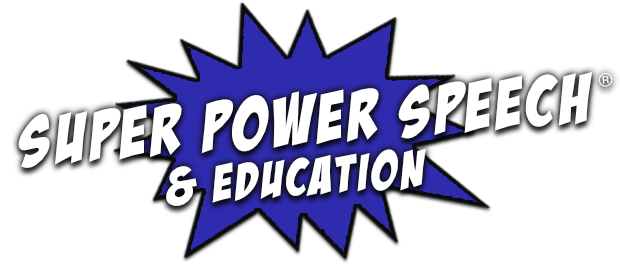
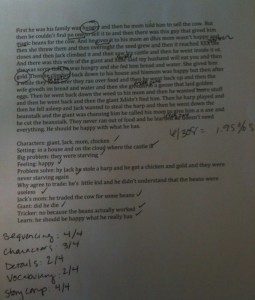
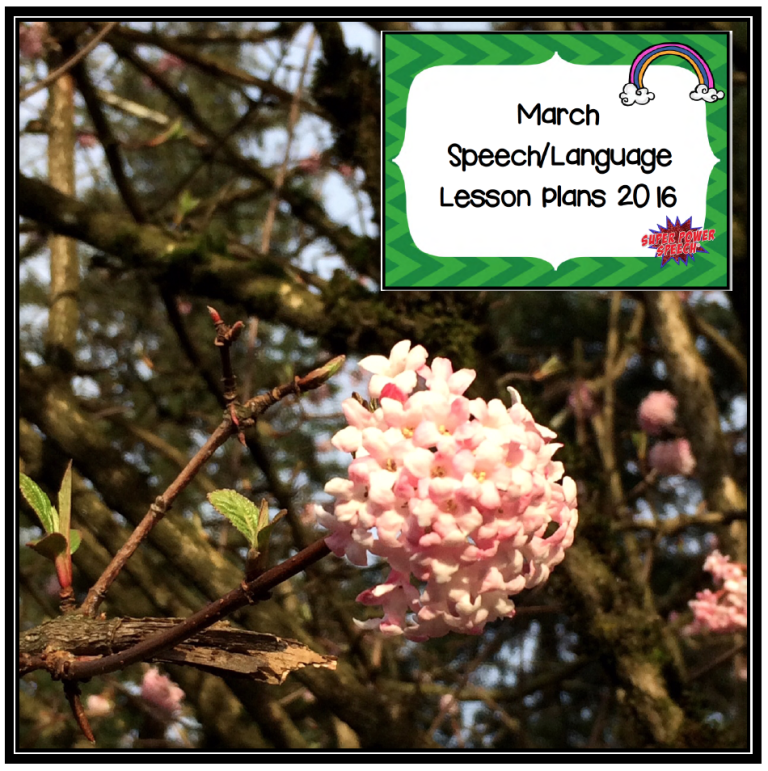
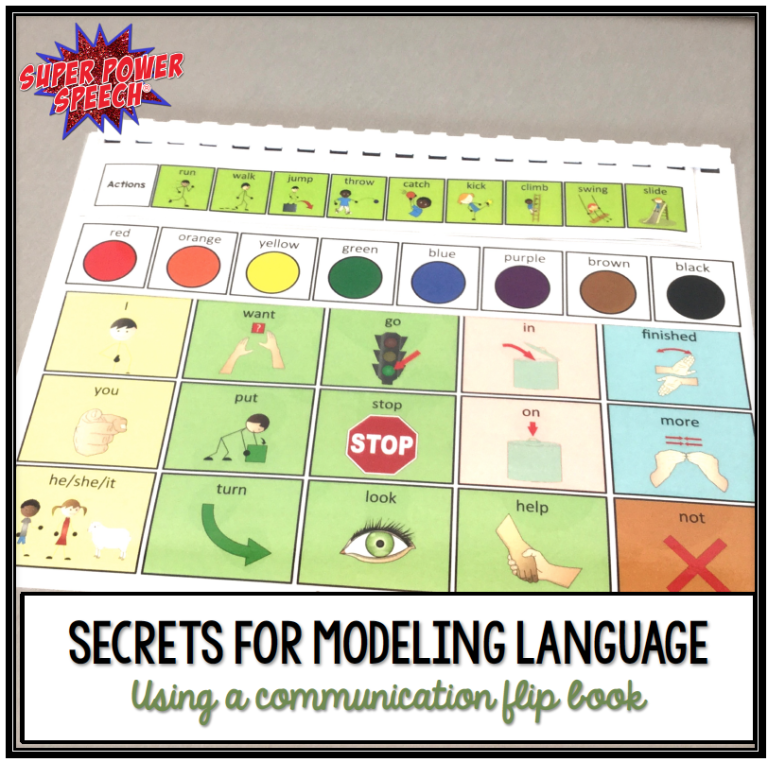

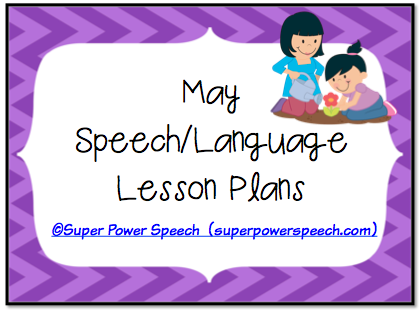


I totally type mine out too! It just makes sense!
I LOVE your blog! And I remember reading this entry when you posted it and thinking, “Wow! What a resource!” But I’m a bilingual SLP working primarily with Spanish-speakers so I kinda just moved along. Well I’ve added some English speakers to my caseload and in the middle of a session the other day I remembered these packets and got so excited to buy them and start using them! So thank you thank you thank you! Do you mind if I make the same resources for my Spanish students with just Spanish text over the English one?
Thanks for sharing your super powers 🙂
Cristina V.